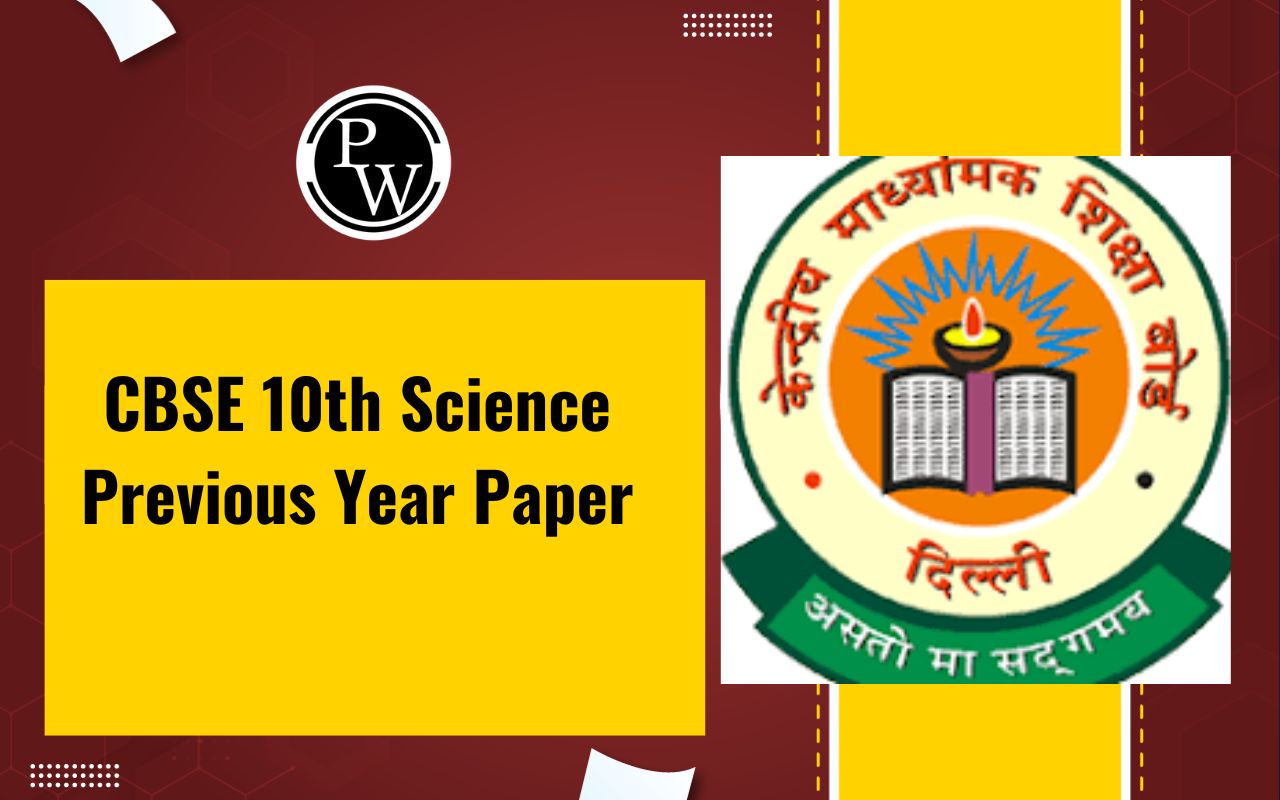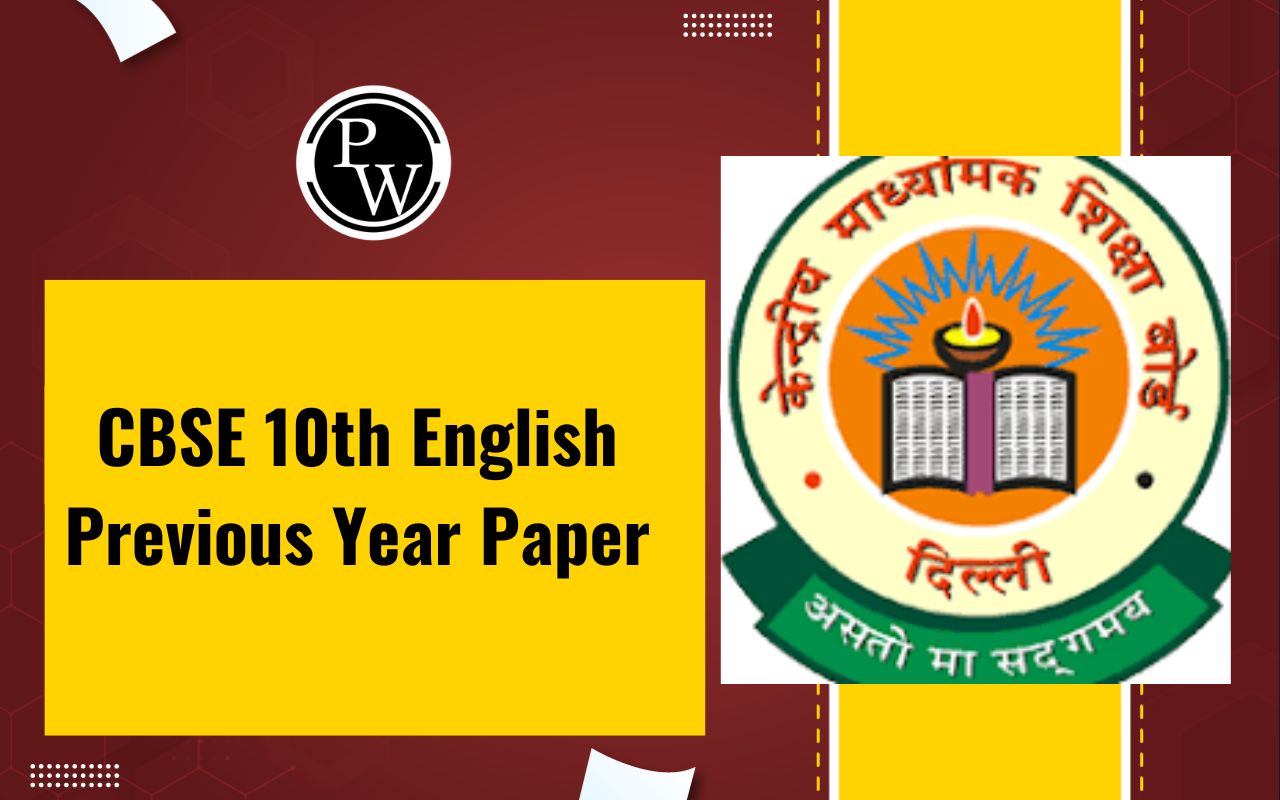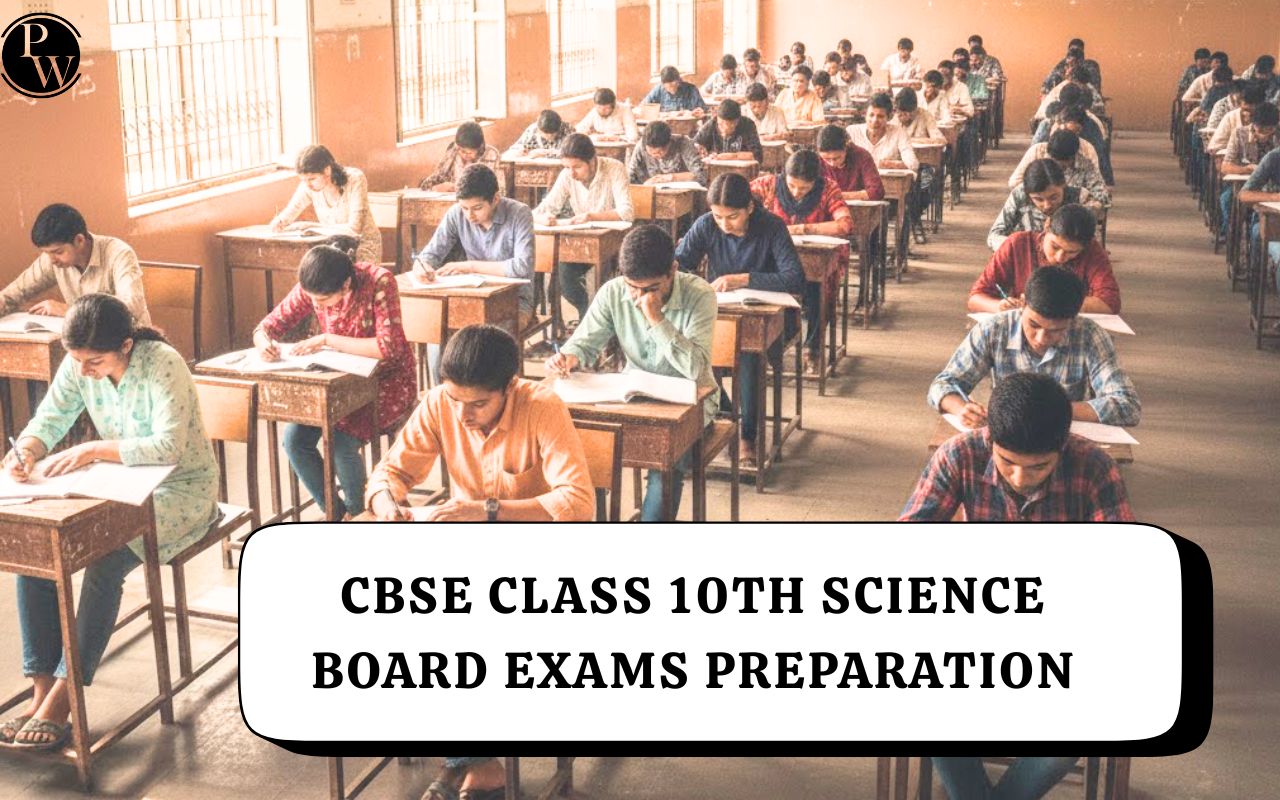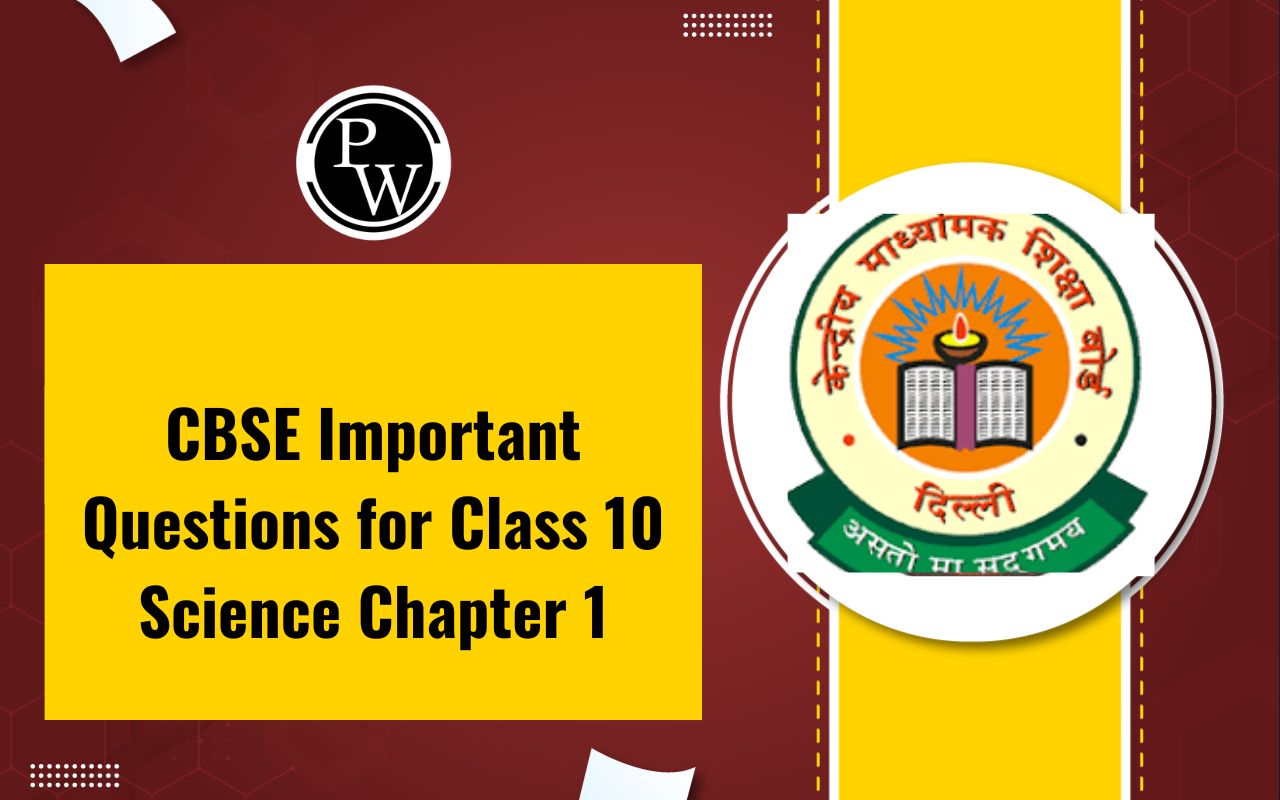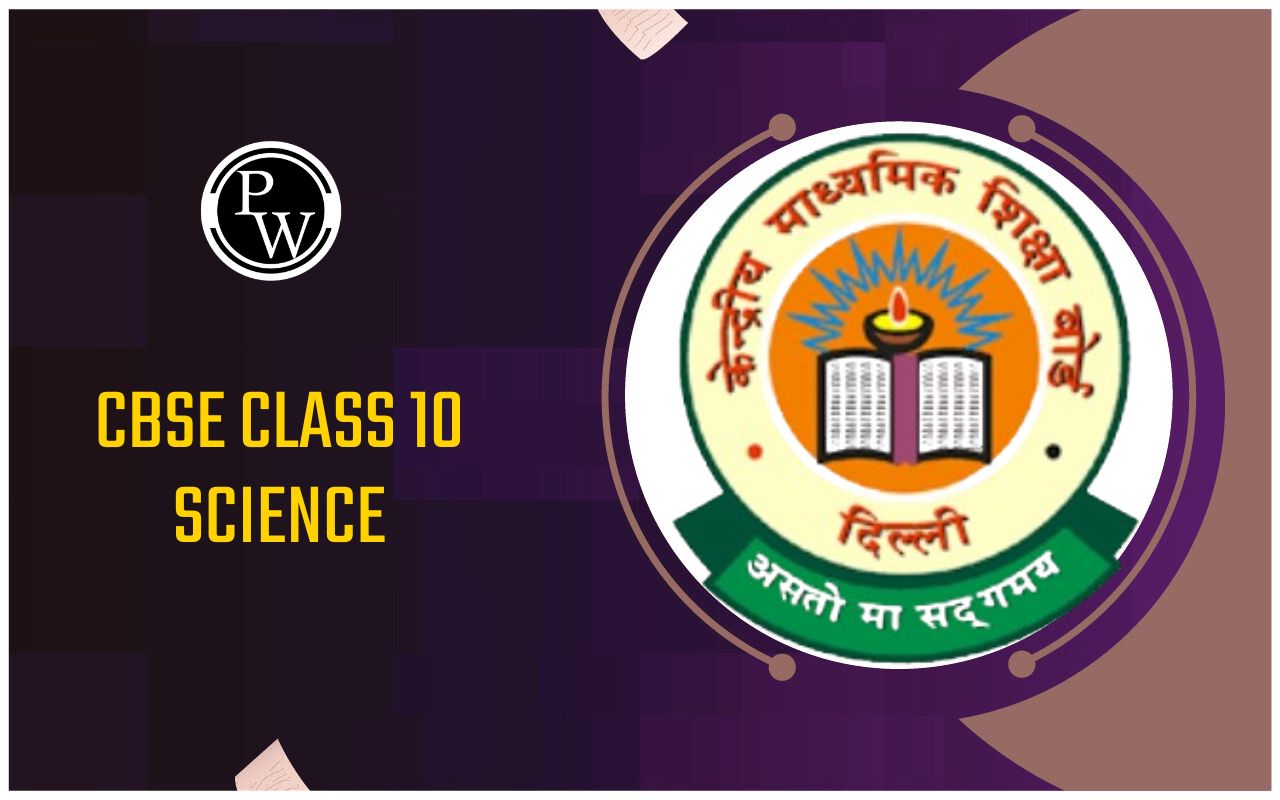
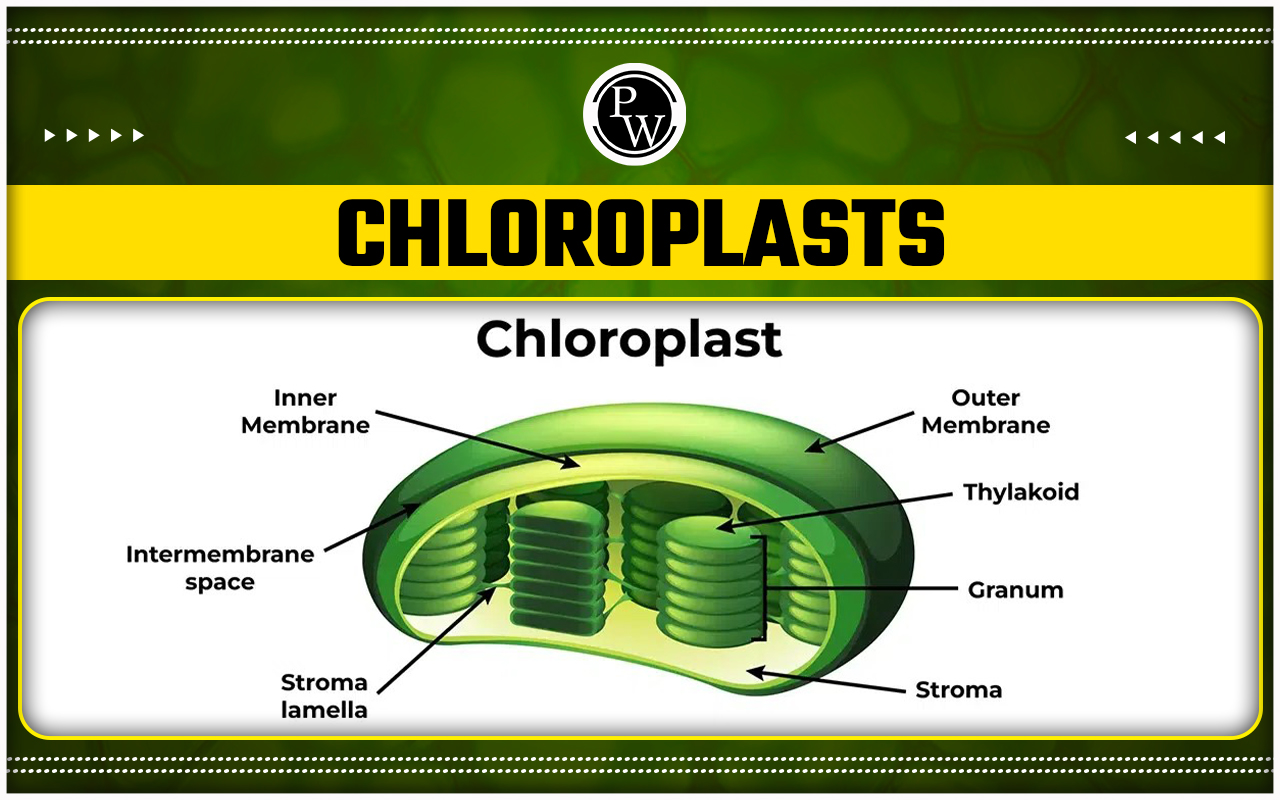
Chloroplasts are metabolically active, partially independent organelles in plants, algae, and cyanobacteria. Their primary job is to perform photosynthesis, which turns light energy into the energy of chemical bonds needed to synthesise organic substances.
The proteome of the chloroplasts is made up of thousands of proteins that, in addition to photosynthesis, take part in the manufacture of fatty acids, amino acids, hormones, vitamins, nucleotides, and secondary metabolites. Nuclear coding is used to encode the majority of chloroplast proteins. Numerous genes from the ancestors' chloroplasts have been transported from the chloroplast genome into the cell nucleus during evolution. The chloroplast genome has managed to preserve these proteins, which are crucial for photosynthesis. In this article, we will discuss the structure of chloroplasts, their evolution, and their function.Evolution of Chloroplasts
According to some theories, chloroplasts originated as free-living, symbiotic cyanobacteria that provided energy for the cell in return for a safe environment, much like mitochondria, which later evolved into an essential component of all eukaryotic cells. The cyanobacteria eventually evolved, rendering them dependent on their host cell to survive. Endosymbiotic relationships explain this evolution. The results indicating the evolution of chloroplasts and mitochondria from bacteria are supported by comparable evidence. Unique to chloroplasts, their circular DNA is transmitted maternally (only from the mother plant alga). It differs from other cells and resembles the bacterium. Binary fission, often known as splitting, is a process bacteria use to create new chloroplasts. In mitochondria, several types of evidence are also present. The only distinction between the two is that mitochondria are thought to have developed from aerobic bacteria, whilst chloroplasts are thought to have originated from cyanobacteria. Cellular respiration occurs in mitochondria, which cannot do a photosynthetic activity. Having double membranes, circular DNA, ribosomes, and thylakoids, the structure of chloroplasts is comparable to that of cyanobacteria. A cyanobacterium engulfed between 600 and 1600 million years ago is thought to have been the source of most chloroplasts.Plastids
Plants are living creatures that make their nourishment through a process called photosynthesis. These plants are also known as producers and autotrophs. These plants have plastids, which are double-membrane cytoplasmic structures with pigmented or non-pigmented cytoplasm that are involved in processing or storing dietary material. The cytoplasm of the majority of plant cells contains plasmids. Chloroplasts, Chromoplasts, and Leucoplasts are the three kinds of plastids.- Chloroplasts: The photosynthetic pigment chlorophyll is found in chloroplast plant organelles. It absorbs sunlight, transforms it into usable energy, and causes water to release oxygen.
- Chromoplast: The plastids with colours other than green are referred to as chromoplasts, and they attract insects for pollination and provide various plant parts, such as petals, fruits, and so forth, different colours.
- Leucoplast: The term "leucoplast" refers to the colourless plastids. Leucoplast may change into chloroplast when exposed to sunlight and back to leucoplast when maintained in the dark for an extended period.
Aerobic and Anaerobic Respiration
Characteristics of Chloroplasts
- Like mitochondria, chloroplasts have an oval shape and two membranes: an outer membrane that creates the chloroplast's outside surface and an inner membrane that sits slightly below.
- A small intermembrane gap between the outer and inner membranes is 10–20 nanometers broad.
- The term "stroma" refers to the area inside the inner membrane. The inner membranes of chloroplasts are smooth, but the inner membranes of mitochondria include many folds known as cristae to absorb surface area. Instead, the stroma of chloroplasts contains a large number of tiny disc-shaped sacs known as thylakoids.
- Thylakoids are piled on top of one another in vascular plants and green algae, and this arrangement of thylakoids is referred to as a granum. Chlorophyll and carotenoids found in thylakoids are pigments that absorb light during photosynthesis.
- Photosystems are complexes of light-absorbing pigments and other compounds like proteins. Photosystems I and II are two distinct types of photosystems that play roles in many aspects of light-dependent processes.
- Enzymes create intricate chemical compounds required to store energy in the stroma, such as carbohydrates. Similar to the ribosomes seen in photosynthetic bacteria, stroma has its DNA.
- Because of this, it is believed that chloroplasts, like mitochondria, developed in eukaryotic cells from free-living bacteria.
Functions of Chloroplasts
The component of plant and algal cells called chloroplasts is responsible for photosynthesis, which turns light energy into stored energy in the form of sugar and other organic compounds that the plant or alga needs as food. Two phases make up photosynthesis. The light-dependent processes take place in the first step. Using chlorophyll and carotenoids, these processes absorb light to produce nicotinamide adenine dinucleotide phosphate (NADPH), transports electrons, and adenosine triphosphate (ATP), the energy currency of the cell. The second stage consists of the Calvin cycle, known as the light-independent process. CO2 fixation is the process by which the electrons carried by NADPH change inorganic carbon dioxide into an organic molecule in the form of carbohydrates during the Calvin cycle. Plants and photosynthetic algae both depend on chloroplasts for growth and survival. Similar to solar panels, chloroplasts collect light energy and transform it into a form that may be used to fuel activities. However, some plants have lost their chloroplasts. A good example is the parasite genus Rafflesia, which feeds on the nutrients of other plants, notably Tetrastigma vines. Rafflesia has lost the genes coding for the production of the chloroplast over a lengthy period of evolutionary time since it no longer needs its chloroplasts because it obtains all of its energy by parasitising another plant. Only the genus Rafflesia has been found to lack chloroplasts.Photosynthetic Apparatus
Chemiosmosis
Chlorophylls and several protein complexes, such as photosystem I, photosystem II, and ATP (adenosine triphosphate) synthase, are tailored for light-dependent photosynthesis, are housed in the thylakoid membrane. The light energy from the sun activates the chlorophyll pigments in the thylakoids, prompting them to release electrons. Once the electrons are in the electron transport chain, adenosine diphosphate (ADP) is phosphorylated to create the energy-dense storage molecule ATP. Nicotinamide adenine dinucleotide phosphate (NADPH), a reducing agent, is also produced as a byproduct of electron transport. In the light-independent processes (dark reactions) of photosynthesis, where carbon dioxide and water are absorbed into organic molecules, ATP and NADPH are used. The chloroplast stroma, which has the enzyme ribulose-1,5-bisphosphate carboxylase/oxygenase (rubisco), is where photosynthesis's light-independent activities occur. The Calvin cycle, also known as the Calvin-Benson cycle, is the primary plant carbon transfer mechanism. Rubisco catalyses the initial stage of carbon fixation in this cycle. In C4 plants, the Calvin cycle and the initial carbon fixation step are spatially distinct. Carbon fixation occurs via phosphoenolpyruvate (PEP) carboxylation in chloroplasts in the mesophyll. Malate, the four-carbon byproduct of that process, is transported to chloroplasts in bundle-sheath cells, where the Calvin cycle is completed. C4 photosynthesis makes an effort to reduce carbon dioxide loss through photorespiration. PEP carboxylation and the Calvin cycle occur in chloroplasts of plants that employ crassulacean acid metabolism (CAM), with the former occurring at night and the latter during the day. The CAM pathway allows plants to do photosynthesis with little water loss.DNA from Chloroplast
- The genome of chloroplasts and other plastids is distinct from the cell nucleus. Chloroplast DNA (cpDNA) was discovered biochemically in 1959 and was later verified by electron microscopy in 1962.
- The chloroplast is genetically semi-autonomous, as evidenced by the discovery that it synthesises proteins and houses ribosomes. In 1986, the chloroplast genome was first sequenced.
- Since then, hundreds of chloroplast DNAs from various species have been sequenced; nonetheless, they mostly come from land plants and green algae, with glaucophytes, red algae, and other algal groups being remarkably underrepresented.
- This could introduce bias in perceptions of "typical" chloroplast DNA structure and content.
Molecular Structure
- With some exceptions, most chloroplasts contain a single, lengthy circular DNA molecule that is generally 120,000–170,000 base pairs long and contains the whole chloroplast genome. They can weigh between 80 and 130 million daltons and have contour lengths of roughly 30 to 60 micrometres.
- There is some indication that chloroplast DNA molecules more frequently adopt a linear form, even though they are typically thought of as circular molecules.
Replication of Chromosomal DNA
- Although the process for chloroplast DNA (cpDNA) replication has not been identified with certainty, two major hypotheses have been put forth. Since the 1970s, researchers have sought to use electron microscopy to examine chloroplast reproduction.
- The findings of the microscopy investigations supported the hypothesis that the double displacement loop (D-loop) is the mechanism through which chloroplast DNA repeats. The D-loop takes on a theta intermediary form, sometimes called a Cairns replication intermediate.
- It travels across the circular DNA and uses a rolling circle process to finish replication. At particular sites of origin, transcription begins. Replication machinery can transcribe DNA when many replication forks open. The forks expand and finally converge as replication proceeds. The daughter cpDNA chromosomes are formed when the new cpDNA structures split.
Chloroplasts FAQs
What are chloroplasts, and what do they do?
Through photosynthesis and oxygen release, chloroplasts provide energy that supports plant growth and crop output. Thus, through biosynthesis, chloroplasts produce active compounds such as amino acids, phytohormones, nucleotides, vitamins, lipids, and secondary metabolites.
What are chloroplasts, and how do they look?
Chloroplasts, which are plastids with a green colour and are found in plant cells, are in charge of photosynthesis. Chloroplasts are spherical, flat structures with a 2 to 10-mm diameter and a thickness of 1 mm. The outer and inner membranes are the two membranes that surround them.
What is the chloroplast's place of origin?
Chloroplasts were initially created in eukaryotes by a cyanobacterium's endosymbiosis; they spread through host diversification and the subsequent engulfment of eukaryotic algae by previously nonphotosynthetic eukaryotes.
What is the location of the chloroplast?
In plants, the chloroplasts house the chlorophyll, where photosynthesis occurs. The thylakoid membrane, a third inner membrane that creates lengthy folds within the chloroplast and is bordered by a double membrane, is present inside chloroplasts.
What makes Chloroplasts green?
Chloroplasts are home to a pigment called chlorophyll, which absorbs solar energy to perform photosynthesis. Only the blue and red wavelengths are absorbed by chlorophyll for photosynthesis. It doesn't absorb green wavelengths. Instead, it reflects green light, giving the chloroplast a green appearance.
🔥 Trending Blogs
Talk to a counsellorHave doubts? Our support team will be happy to assist you!

Free Learning Resources
PW Books
Notes (Class 10-12)
PW Study Materials
Notes (Class 6-9)
Ncert Solutions
Govt Exams
Class 6th to 12th Online Courses
Govt Job Exams Courses
UPSC Coaching
Defence Exam Coaching
Gate Exam Coaching
Other Exams
Know about Physics Wallah
Physics Wallah is an Indian edtech platform that provides accessible & comprehensive learning experiences to students from Class 6th to postgraduate level. We also provide extensive NCERT solutions, sample paper, NEET, JEE Mains, BITSAT previous year papers & more such resources to students. Physics Wallah also caters to over 3.5 million registered students and over 78 lakh+ Youtube subscribers with 4.8 rating on its app.
We Stand Out because
We provide students with intensive courses with India’s qualified & experienced faculties & mentors. PW strives to make the learning experience comprehensive and accessible for students of all sections of society. We believe in empowering every single student who couldn't dream of a good career in engineering and medical field earlier.
Our Key Focus Areas
Physics Wallah's main focus is to make the learning experience as economical as possible for all students. With our affordable courses like Lakshya, Udaan and Arjuna and many others, we have been able to provide a platform for lakhs of aspirants. From providing Chemistry, Maths, Physics formula to giving e-books of eminent authors like RD Sharma, RS Aggarwal and Lakhmir Singh, PW focuses on every single student's need for preparation.
What Makes Us Different
Physics Wallah strives to develop a comprehensive pedagogical structure for students, where they get a state-of-the-art learning experience with study material and resources. Apart from catering students preparing for JEE Mains and NEET, PW also provides study material for each state board like Uttar Pradesh, Bihar, and others
Copyright © 2025 Physicswallah Limited All rights reserved.
Get App




